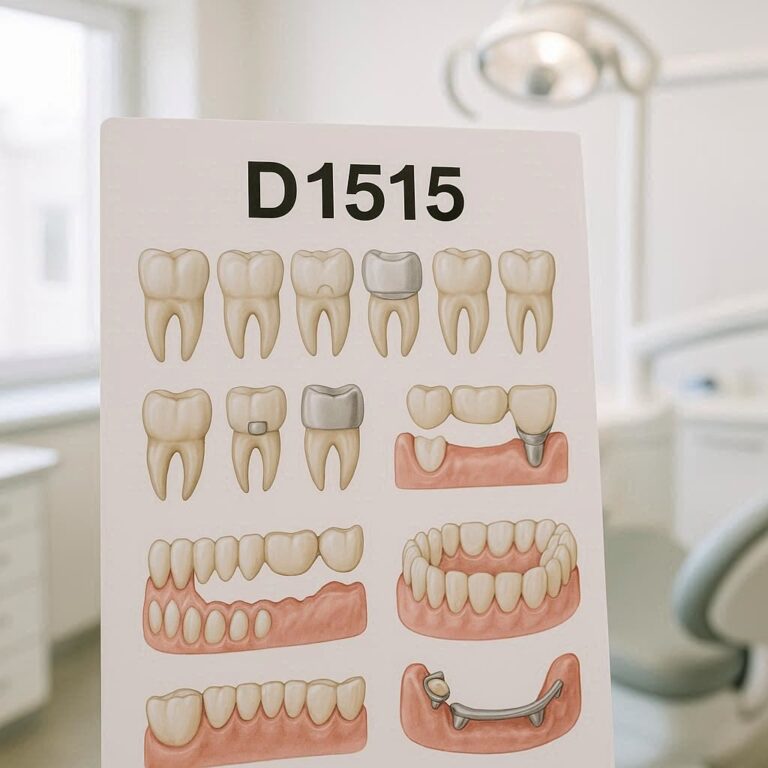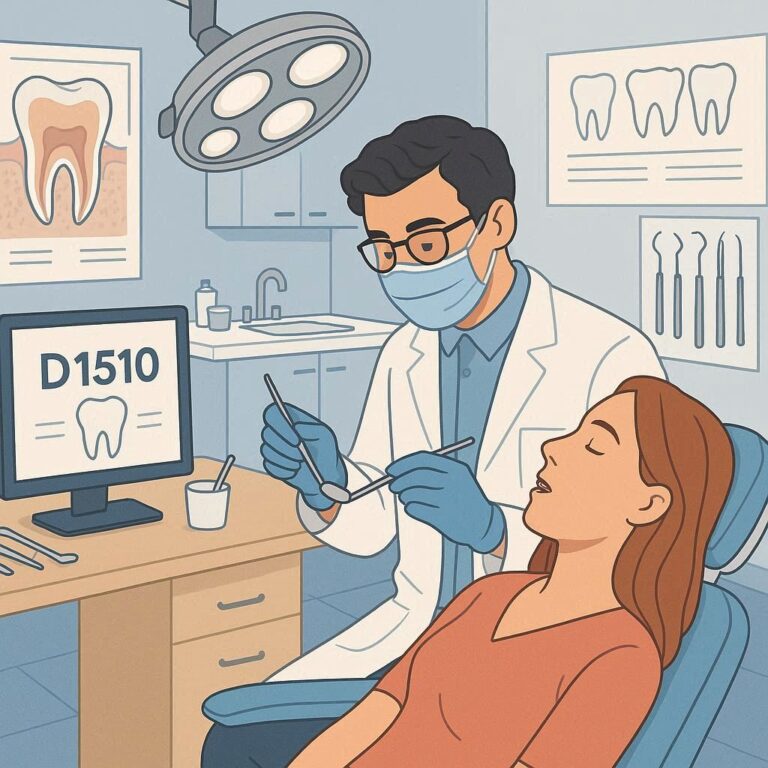missing tooth dental code
The field of dental care is extensive, covering a wide range of procedures, each with its own set of codes used for billing and insurance purposes. One area that often raises questions is the missing tooth clause and the associated dental codes. This article delves into the intricacies of dental codes related to missing teeth, wisdom teeth removal, root canal procedures, and dental implants. By understanding these codes, patients and dental professionals alike can ensure accurate billing, proper insurance claims, and ultimately, better dental care.

Understanding the Missing Tooth Clause Dental Code
Definition and Importance
The missing tooth clause is a stipulation in many dental insurance policies that impacts coverage for replacing teeth that were missing before the policy was in effect. This clause can significantly affect patients seeking dental restorations like bridges, dentures, or implants, as insurance companies may deny claims for procedures intended to replace teeth lost before coverage began.
Application in Dental Insurance
The missing tooth clause is a critical factor when considering dental insurance plans. Policies with this clause can lead to unexpected out-of-pocket expenses for patients, making it essential to understand the specifics of their insurance coverage before undergoing treatment.
Missing Tooth Dental Code
Overview
Dental codes, officially known as Current Dental Terminology (CDT) codes, are used to standardize the documentation and billing of dental procedures. The codes for missing teeth play a crucial role in ensuring that dental practices accurately bill insurance companies and patients for services provided.
Specific Codes for Missing Teeth
The codes related to missing teeth cover a variety of situations, from partial tooth loss to the absence of an entire arch. Examples include:
- D5000-D5899: These codes encompass a range of services related to removable prosthetics, which are often used to replace missing teeth.
- D6200-D6999: This series includes codes for fixed prosthetics, such as bridges, which are also used to address missing teeth.
How These Codes Are Used in Practice
In practice, dental professionals must carefully select the appropriate code based on the procedure performed. Accurate coding ensures that claims are processed smoothly and that patients receive the correct reimbursement from their insurance providers.
Wisdom Teeth Removal Code
What Is a Wisdom Tooth?
Wisdom teeth, or third molars, are the last set of teeth to develop in the human mouth. They typically emerge between the ages of 17 and 25, but not everyone has enough space in their mouth to accommodate them, often leading to the need for extraction.
Dental Codes for Wisdom Teeth Extraction
The removal of wisdom teeth is a common procedure, and several dental codes apply to this service:
- D7210: Surgical removal of erupted tooth requiring elevation of mucoperiosteal flap and removal of bone and/or section of tooth.
- D7220: Removal of impacted tooth—soft tissue.
- D7230: Removal of impacted tooth—partially bony.
- D7240: Removal of impacted tooth—completely bony.
Case Studies: Billing for Wisdom Teeth Removal
In practice, the billing for wisdom teeth extraction can vary depending on the complexity of the procedure. For example, the removal of a fully erupted tooth (D7210) is billed differently from a completely bony impacted tooth (D7240). Dental practices must assess the situation carefully to select the correct code, ensuring proper compensation.
Dental Code for Root Canal
Understanding Root Canal Treatment
Root canal therapy is a dental procedure used to treat infection or damage within a tooth’s pulp. This treatment preserves the tooth, preventing the need for extraction, and is essential for maintaining oral health.
Common Dental Codes for Root Canals
Several codes correspond to root canal procedures, depending on the tooth type and the complexity of the treatment:
- D3310: Endodontic therapy, anterior tooth (excluding final restoration).
- D3320: Endodontic therapy, bicuspid tooth (excluding final restoration).
- D3330: Endodontic therapy, molar (excluding final restoration).
Billing and Insurance Considerations
Root canal procedures can be costly, and accurate coding is crucial for insurance claims. Misclassification can lead to claim denials or delays, emphasizing the importance of proper documentation and code selection.
Billing Code for Dental Implant for Missing Permanent Tooth
Overview of Dental Implants
Dental implants are a popular solution for replacing missing permanent teeth. They involve placing a metal post into the jawbone, onto which a crown is attached, mimicking the appearance and function of a natural tooth.
Relevant Codes for Implants
The following codes are typically used for dental implants:
- D6010: Surgical placement of implant body, endosteal implant.
- D6057: Custom abutment—includes placement.
- D6065: Implant-supported porcelain/ceramic crown.
Cost Implications and Insurance Coverage
Dental implants are often not fully covered by insurance, making them a significant investment for patients. Understanding the specific codes and discussing them with the insurance provider can help in planning the financial aspect of the treatment.
The Impact of Dental Codes on Patient Care
Enhancing Communication Between Dentists and Insurers
Dental codes serve as a universal language between dental practices and insurance companies. Accurate coding ensures that all parties understand the procedures performed, leading to smoother claim processing and fewer disputes.
Ensuring Accurate Billing and Reimbursement
Correctly applied dental codes are essential for ensuring that dental practices receive appropriate payment for their services. Errors in coding can result in delayed payments or denied claims, which can be frustrating for both the patient and the provider.
Challenges and Solutions in Dental Coding
Common Issues in Dental Billing
One of the most significant challenges in dental billing is the complexity of the codes themselves. With hundreds of possible codes, it’s easy to make mistakes that can lead to financial losses for the practice and confusion for the patient.
Strategies for Effective Coding and Billing
To overcome these challenges, dental practices must invest in ongoing training for their staff, use advanced coding software, and maintain open communication with insurance companies to stay updated on any changes in coding practices.
Future Trends in Dental Coding
Innovations and Changes in Dental Procedures
As dental technology evolves, so too will the codes used to describe new procedures. Keeping up with these changes is crucial for dental practices to ensure they continue to provide accurate and up-to-date billing.
The Role of Technology in Streamlining Dental Billing
Emerging technologies, such as artificial intelligence, are beginning to play a role in dental coding. These tools can help identify the correct codes more efficiently, reducing the likelihood of errors and speeding up the billing process.
Conclusion
Dental coding is a critical aspect of modern dental practice, ensuring that services are accurately documented and reimbursed. Understanding the various codes for missing teeth, wisdom teeth removal, root canals, and dental implants can help both patients and providers navigate the often-complex world of dental billing.
Frequently Asked Questions (FAQs)
What Is the Missing Tooth Clause in Dental Insurance?
The missing tooth clause is a provision in some dental insurance policies that excludes coverage for the replacement of teeth lost before the policy was in effect.
How Are Dental Codes Determined?
Dental codes are determined by the American Dental Association (ADA) and are regularly updated to reflect new procedures and technologies in dentistry.
What Should I Do if My Insurance Doesn’t Cover a Procedure?
If your insurance doesn’t cover a procedure, speak with your dentist about alternative treatments or payment plans. You can also contact your insurance company to discuss possible exceptions.
Are Dental Codes the Same Worldwide?
No, dental codes can vary by country. In the United States, the American Dental Association (ADA) maintains the CDT codes, while other countries may have their own systems.
How Can I Ensure Accurate Billing for My Dental Procedures?
To ensure accurate billing, keep a copy of your treatment plan, review your insurance policy, and ask your dental provider for an itemized bill that lists the specific codes used.


